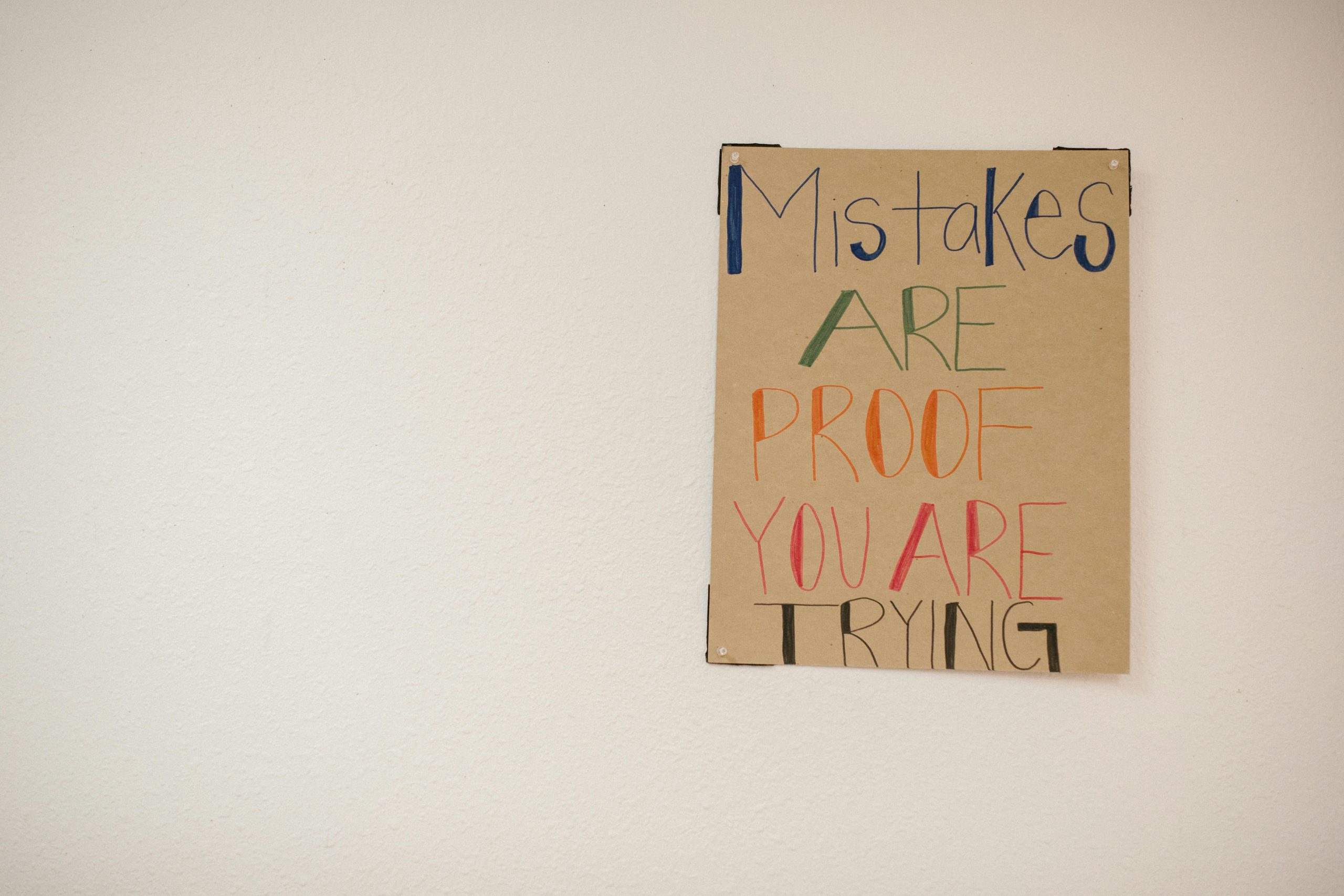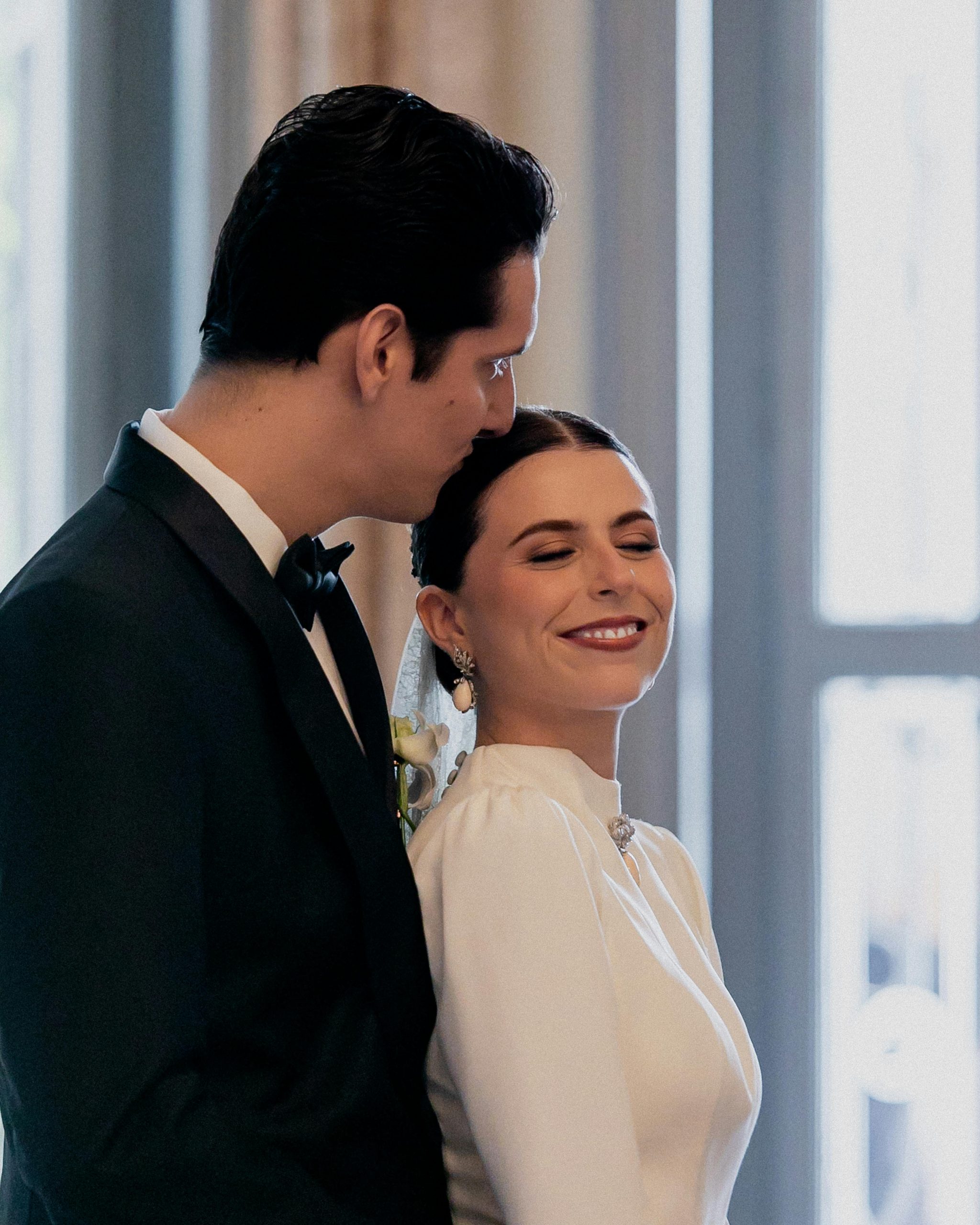Left Turn Accident at Night: Could the Other Driver Share the Blame?
I was recently involved in a car accident and would like to gather some insights on whether I am completely at fault or if there could be a case for shared responsibility.
The incident occurred at an intersection around 8 PM, when it was already dark outside. I had a green light and was making a left turn. Before proceeding, I checked for pedestrians (as I needed to yield to them) and also looked for oncoming traffic. I didn’t see any vehicles approaching, so I continued with my turn.
Out of nowhere, another car appeared, and we collided. The impact occurred while I was already in the process of turning. I believe the other driver didn’t have their headlights on, which is likely why I didn’t see them until it was too late. Unfortunately, I don’t have concrete evidence to confirm that her headlights were off.
After the accident, while we were waiting in my car, I mentioned to her that I thought her headlights weren’t on. Rather than denying it, she said something like, “My front lights turn on automatically.” This led me to wonder whether she was aware of her light status.
I also spoke with a witness who was behind me, but they couldn’t confirm if the other car’s headlights were on or off.
I understand that typically, drivers making a left turn are held responsible because they need to yield to oncoming traffic. However, in this case, I genuinely couldn’t see the other vehicle, and I believe this was largely due to her headlights being off.
Do you think this situation could qualify as shared fault (50/50), or am I fully responsible?
I would appreciate any thoughts or similar experiences!




It sounds like a frustrating situation, and I can understand why you’re seeking clarity on the fault in this accident. In general, left-turning drivers are often held at least partially responsible for accidents that occur during their turn because they have a duty to yield to oncoming traffic. However, there are a few factors in your account that could potentially shift some of that blame, especially if you can establish that the other driver’s headlights were indeed off.
Visibility Conditions: Since the accident occurred at night, proper use of headlights is critical. If the other driver was indeed driving without their headlights on, that could be a significant factor contributing to the accident. This would indicate that they were not taking the necessary precautions to ensure they were visible to other drivers.
Witness Statements: While the witness couldn’t confirm the status of the headlights, their presence could still be helpful. If they can support your account of the accident (e.g., that you were already turning and didn’t have a chance to see the car), this could help establish your perspective.
Driver Responsibility: The other driver also has a responsibility to ensure that their vehicle is visible when driving at night. If they were indeed negligent in maintaining their vehicle’s lighting, that could contribute to shared fault.
Insurance Investigation: Ultimately, the determination of fault might come down to the insurance companies involved. They will typically investigate the circumstances of the accident, including gathering statements and possibly reviewing any available evidence (like dash cam footage if it exists).
Legal Advice: It might be beneficial to consult with an attorney who specializes in traffic accidents. They can provide guidance tailored to your specific circumstances and jurisdiction, which may help clarify your options for pursuing claims or negotiating with the insurance company.
While it’s challenging, it’s not uncommon for turn-related accidents to end up with shared fault determinations, particularly if there are contributing factors like inadequate vehicle lighting. Keep documenting everything and consider getting a legal opinion to help solidify your case. Good luck!